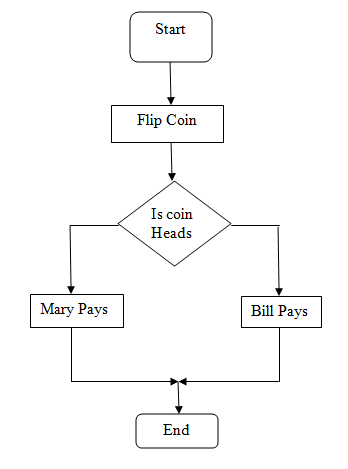A Pseudo code is an informal description of the operating and functional principles of computer programs or other algorithms. The purpose of a pseudo code is to comprehensively portray the conventional programming language and the key principles of an algorithm.
Some examples of Pseudo code:
- IF is often portrayed by a diamond shape.
- ELSE means two options.
- SET GRADE COUNTER indicates different variables
- INPUT means get a value
- LOOP Decisions often occur inside the loop. e.g 'while grade counter is less than or equal to ten'
- PROTEST Repetition
- TOTAL means being a container for storage. This will often commence with little to nothing, beginning with variables.
- POST TEST Repetition.
Tips:
- Always test algorithm with real data.
- There is no standard writing
- Average is not restricted
- For multiple alternatives within a flow chart, use chains to link them
- Layout of an pseudo code:
First two lines set up the variable.
Line 5 builds up a count
Line 6 is utilized to stop the loop after 10.



